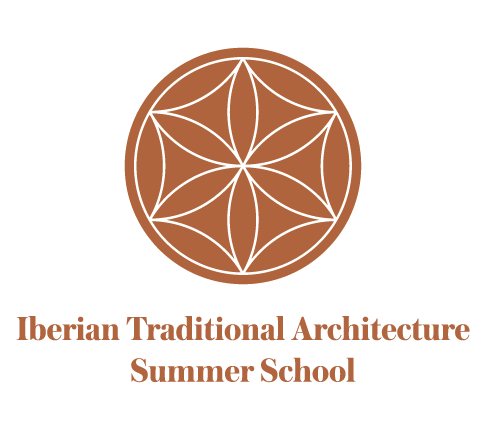The experience of the Cantabria Summer School
By Rachael Peterson

The two weeks that we spent at the summer school in Valderredible seemed to go by very quickly. There was a lot to learn, discuss, and do in a short amount of time.

I didn’t quite know what to expect when I arrived at the summer school. I only knew that we would be working together to document Polientes and the nearby villages and then we would design a proposal. It was amazing to meet students and professionals from all over the world and to learn about their university experience and the different ways in which they were trained in architecture. Sometimes it was challenging to communicate across languages and cultures, but it was fun to talk about our differences and realize that we all were united through the language of architecture and drawing.



At the end of the summer school I was exhausted, but I felt that we had accomplished important work for the profession of architecture, for Polientes and their future urban development, and that we were part of a very special and unique experience




